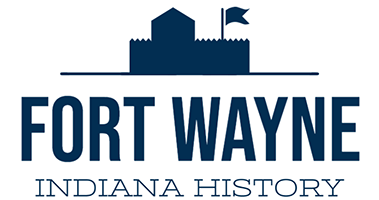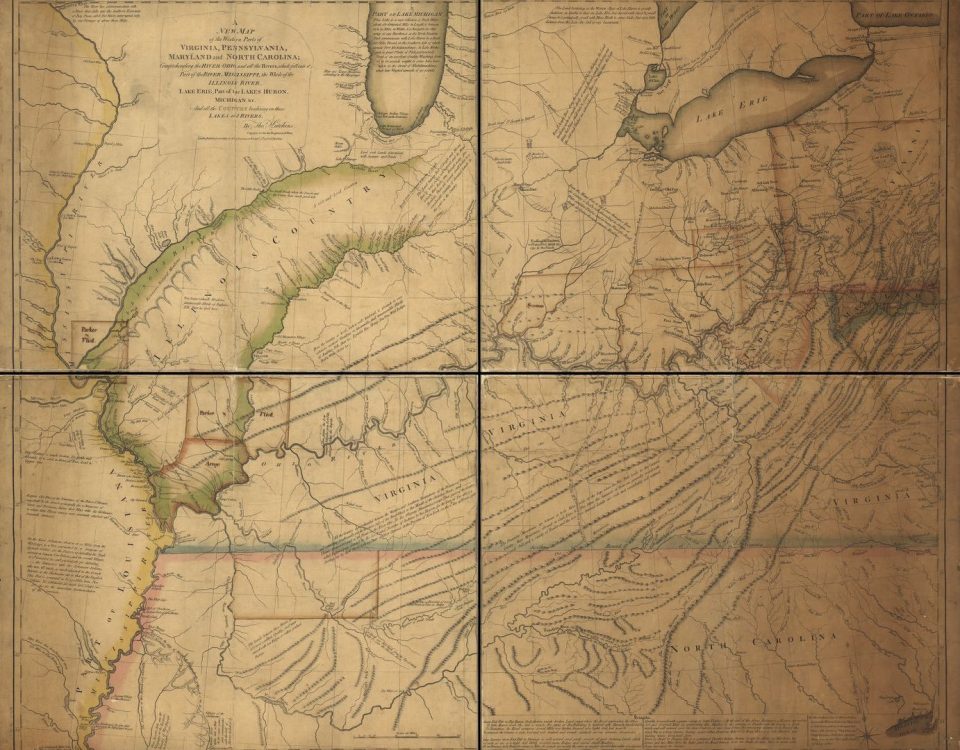A Narrative of Harmar’s Defeat: October 22nd, 1790

Harmar’s Court Martial: The Deposition of Captain John Armstrong
December 15, 2021
A Narrative of Hartshorn’s Defeat: October 20, 1790
December 15, 2021It is Friday, October 22nd, 1790.The United States Army under Josiah Harmar is now encamped at one of the Shawnee towns on the Maumee known as Chillicothe – about 8 miles east of Kekionga (present-day Fort Wayne, Indiana).Upon the advice of his officers, Commanding General Josiah Harmar elects to send a force back to Kekionga to surprise the natives now congregating there. Army Scout Daniel Williams – a former captive – reports that “there are about one hundred and twenty Indians” congregating at the Miami towns at the Headwaters of the Omee (Maumee River).Harmar places a force of 60 Regulars, 300 militia infantry and 40 cavalry under the overall command of Major John Wyllys. The militia infantry will be commanded by Colonel John Hardin and arranged into battalions under Major Horatio Hall and Major James McMullen. Wyllys will himself lead the force of Regular infantry and the cavalry will be led by Fontaine.The detachment sets off from Chillicothe at about 1AM on a forced march toward Kekionga. It is a warm Autumn day. The detachment marches in columns of infantry to a point south of the Maumee. There Wyllys gives strict orders to maintain silence until they are upon the native forces at Kekionga. Their goal is complete surprise.
The plan is elaborate – Major Hall will take his battalion and sweep left through what is today downtown Fort Wayne – his troops will pass through the area that will later become Fort Wayne’s current courthouse grounds and Columbia Street. He will cross the St Mary’s River at the Pickaway Fork west of where Promenade Park sits today and wait to engage until an attack is made by the other battalions at the Maumee ford. This – in theory – will allow him to cross the St. Joseph River and bring his battalion up behind the defenders at the western boundaries of Kekionga.Wyllys will ford the Maumee with his 60 Regulars just north of where Harmar and Begue Streets intersect with Liberty Avenue today and directly engage with the enemy at the village of Kekionga. McMullen’s battalion of militia, accompanied by Fontaine’s cavalry will sweep right after the ford and hold the right flank in support of the regulars at the center. Hall and McMullen have explicit orders to support the regulars at the center once the firing commences. This is a pincer action which is designed to draw the four battalions back together near the intersection of where Delaware Avenue meets St Joseph Blvd today.William Wells – of Well Street fame, who fought with Little Turtle later recorded that the surprise may have been effective if not for a soldier in Hall’s battalion having taken a shot at a Miami scout somewhere west of Kekionga. This gunfire alerted the War Chiefs. Little Turtle immediately dispatches warriors to engage the troops crossing the Maumee to the South to buy himself time to set up an ambuscade. Blue Jacket and his Shawnee force move toward the sound of gunfire from the east.
It is about 8AM as the battalions of Wyllys, McMullen and Fontaine begin to cross the Maumee, The Miami engage militia on the right flank of the American battalion which causes the militia to briefly halt it’s advance. McMullen’s battalion is slow to come up and they have trouble forming a battalion front in the long thickets.McMullen’s infantry and Fontaine’s cavalry give chase to smaller groups of natives and leave the regulars unsupported. Major Fontaine commands his cavalry forward and rides up among the Miami and fights fearlessly with a brace of pistols and sword but is killed in his saddle.As Wyllys’ Regulars come across the Maumee ford a larger contingent of Miami skirmishers open fire from the brush about 70 yards north of the Maumee. The Regulars under Wyllys press forward across the Maumee as the Miami skirmishers fall back drawing the Regulars after them. This is a characteristic tactic by Little Turtle as he and several hundred Miami warriors wait among the trees to the north to support his skirmishers. As the regulars approach the ruins of Kekionga, Little Turtle’s ambuscade is complete and the forest-line erupts with the flash of more than a hundred muskets. The volley has devastating effect on the exposed Regulars. They are being cut to pieces.John Wyllys is one of the first to fall and later one of the natives is seen wearing Wyllys’ cockaded hat even as the battle rages around him. The fighting is desperate and Wyllys’ Regulars are wildly outnumbered. The opposing forces have closed in on each other and it becomes tomahawk and spear versus bayonet. By the time Hall and McMullen rejoin the center, the regulars are utterly defeated.Of 60 Regular infantry engaged only a handful survive the day. The US detachment suffers incredible losses. 129 men are killed in action including 14 officers and 94 wounded. The Miami and Shawnee suffer less than 50 casualties – Wells reported less than 15 Miami killed and about 25 wounded.That evening Harmar keeps his cannons booming east of Fort Wayne so troops can find their way back to the relative safety of his main force. He musters 30 volunteers to march west to protect his retreating army. In the camps of the Miami and Shawnee, Little Turtle and Blue Jacket plot to attack Harmar’s army in retreat to Fort Washington (Cincinnati). This will be a most decisive blow as some 700 Ottawa have just arrived to add to their number. As the War Chiefs plot their attack late into the evening, a singular event occurs. By happenstance, a total eclipse occurs in the evening of October 22nd, 1790, in which the moon appears a deep red color – the eclipse lasts over an hour and 40 minutes. The War Chiefs decide this is a bad omen and cancel their attack plans on the American Army.On return to Fort Washington, Josiah Harmar will face a Court of Inquiry and eventually be forced into retirement. Little Turtle is now recognized among the War Chiefs as a military mastermind – and the Americans are beginning to recognize that as well.The Americans call this battle Harmar’s Defeat but the Miami and Shawnee have a different name for it. They call it the Battle of the Pumpkin Fields – this rhetorical flourish references the dozens of scalped American corpses left laying face down in the grass at Kekionga. It reminds them of pumpkins steaming in the summer sun. The American corpses are never fully retrieved and many years later, sun bleached bones of American soldiers could still be seen along the banks of the Maumee.




